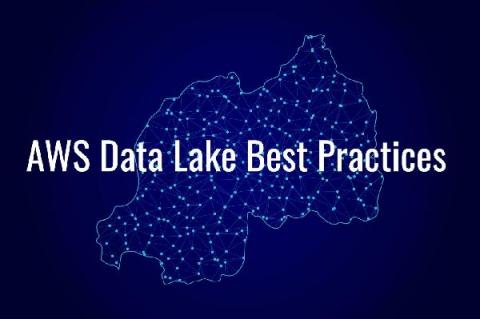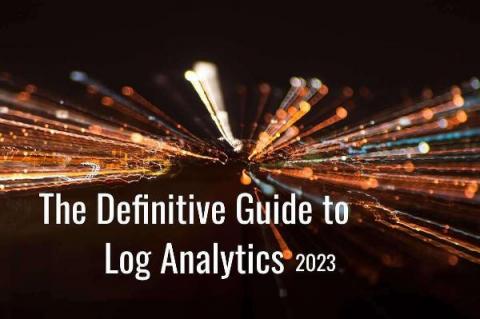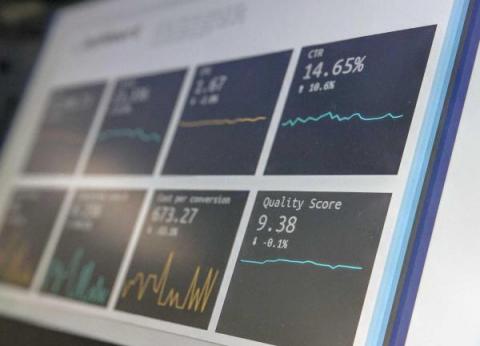Data Lake Architecture & The Future of Log Analytics
Organizations are leveraging log analytics in the cloud for a variety of use cases, including application performance monitoring, troubleshooting cloud services, user behavior analysis, security operations and threat hunting, forensic network investigation, and supporting regulatory compliance initiatives. But with enterprise data growing at astronomical rates, organizations are finding it increasingly costly, complex, and time-consuming to capture, securely store, and efficiently analyze their log data.











